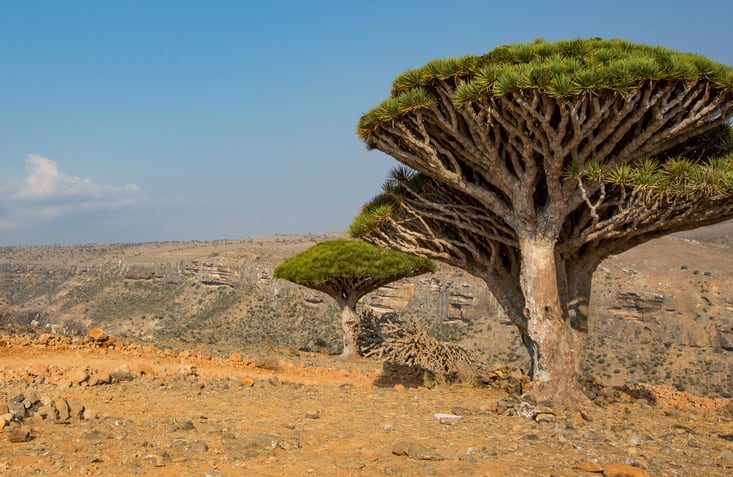Nailing down a precise nomenclature for herbs is a complicated undertaking. Herbs that offer medicinal properties have been named and categorized one way or another in cultures around the world for almost as long as writing systems have existed. Herbal preparations came to be known by a myriad of names, and were grouped in almost as many categorization systems, based on how they affected the body. These schemes themselves were informed by how the individual cultures viewed health and homeostasis, whether it was the allopathic outlook of Western medicine or one of the many Eastern medicinal traditions that used different diagnostic criteria.
That background provides a rich and varied tradition upon which a practitioner or a product formulator might draw. But it is a complicated situation for quality control personnel. How can they best know what to look for, and to apply the right tests to know that they’ve got what they were seeking?
Naming the products in the industry
As the herbal products developed more and more toward mainstream commerce, the early leaders of the industry came together to try to formulate a list of what was on the market, grouped by agreed-upon common names. That effort became the first Herbs of Commerce reference work, released by the American Herbal Products Association in 1992.
This first edition of Herbs of Commerce is what has been officially referenced by federal rulemaking in 1997 as part of the implementation of DSHEA. The reference work is now in its second edition, which lists Latin binomials, Standardized Common Names, Ayurvedic, Chinese (pinyin), and other common names for 2,048 species, including 25 fungi and 23 seaweeds. The second edition added more than 1,000 species to the original list.
AHPA is in the process of producing a third edition. For several years now the organization has been soliciting input. As of 2018, industry sources had submitted information on an additional 800 articles to be considered for inclusion in the new edition.
It will be important for companies to remain abreast of the latest developments in new products that come onto the market as well as changes to prior nomenclature.
Consequences of using the wrong name
Calling things by their right names is not only important in the herbal products industry. In the marketing of wood species (another botanical product, after all), imprecision can lead to unintended consequences.
The same species of wood can be marketed under many different names. Pine species in this country are often marketed with the addendum ‘SPF’ attached (spruce, pine fir).
In some applications, it’s no big deal. Most construction specifications are geared toward middle of the road in wood strength, and thus common frame guidelines take this into account.
But in other applications, such as in the building of wooden yachts or other highly stressed structures, selecting the wrong species that might have inadequate strength or decay resistance might seriously compromise a project.
Imprecision in the herbal products world could result in an inefficacious product, one that could be classified as adulterated. It could even result in an unsafe product.
Same name for plants of different continents
‘Dragon’s blood,’ for example, is a common name to refer to ingredients that start out as a reddish sap. Trouble is, the same name applies to completely different species from different parts of the of world. One, Dracaena cinnabari, is a tree-like member of a family of succulent plants. The species is native to Socotra, a large island in the Indian Ocean.
Or dragon’s blood (sangre de drago in Spanish) can refer to Croton lechleri, a tree species from northwestern South America. It can even refer to Jatropha dioica, a shrub species native to the arid US southwest.
The only thing these plants have in common is red sap. Being able to verify which is which would be critical not only to get an ingredient with the right bioactives and therefore health effects, but also to know whether one is trading in a plant that is abundant or one whose sustainability situation is less clear, as is the case with Dracaena cinnabari.
But sometimes associated species can have similar effects and can be used interchangeably. Willow bark, for example, can come from any of six (or potentially more) species and still be called willow bark and still do what willow bark is supposed to do from a traditional herbal medicine perspective. This is the way willow bark is defined in Herbs of Commerce. The fear of some in industry is that Schneiderman could come in and say, which of these six species do you have in your product? The way the botanical comes from the harvesters, it tends to be all mixed up, from different locations and contain varying amounts of the different species. It would be difficult if not impossible to differentiate them because they are all very similar.
Supporting industry initiatives
With the steady increase in the plants available in the trade it behooves industry to get the nomenclature issue right. Supporting programs like Herbs of Commerce at AHPA or the work the American Botanical Council and the American Herbal Pharmacopoeia in the identification of plants, how to assay them and to test for their common adulterants are ways responsible companies can help move the chains on this important issue.




